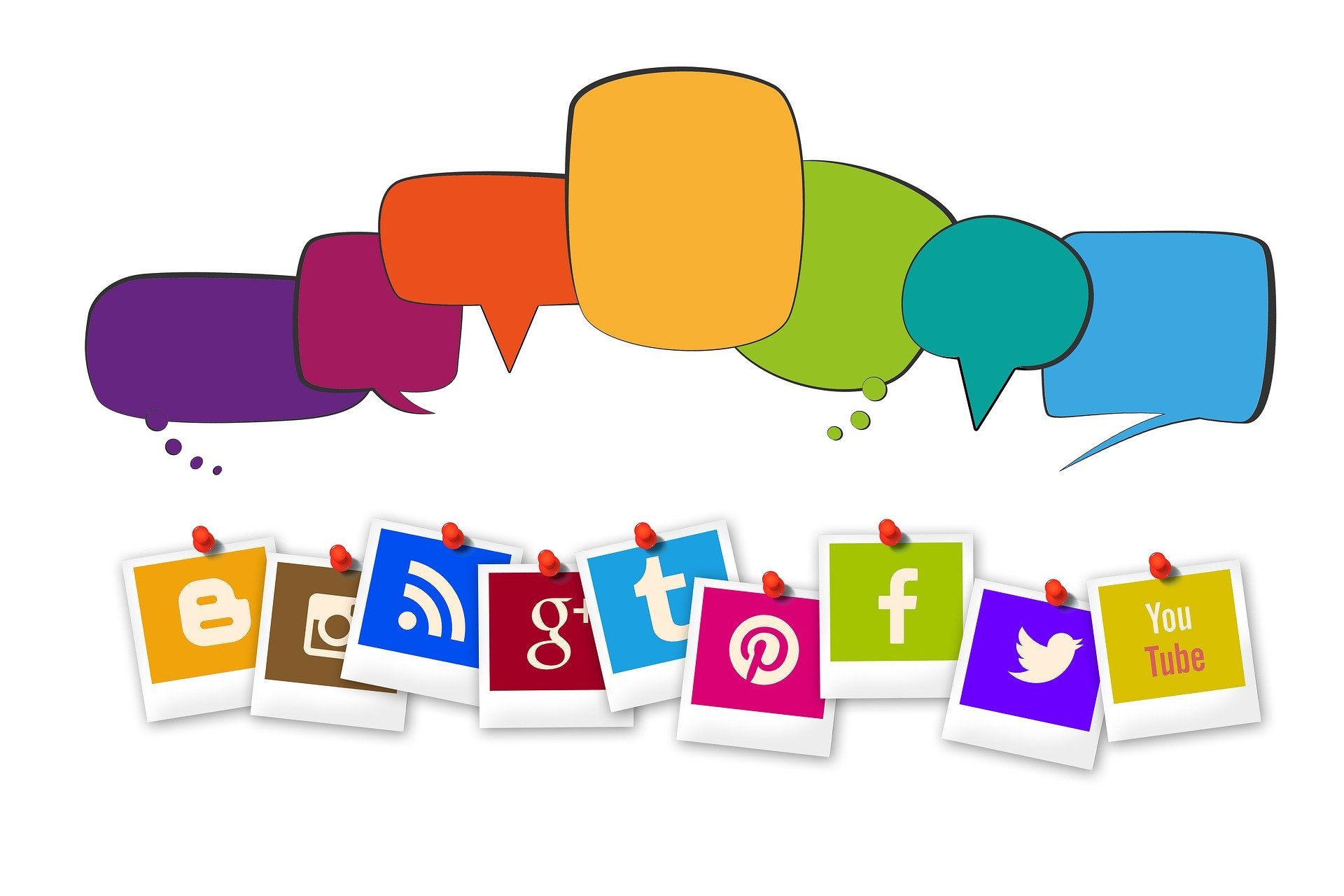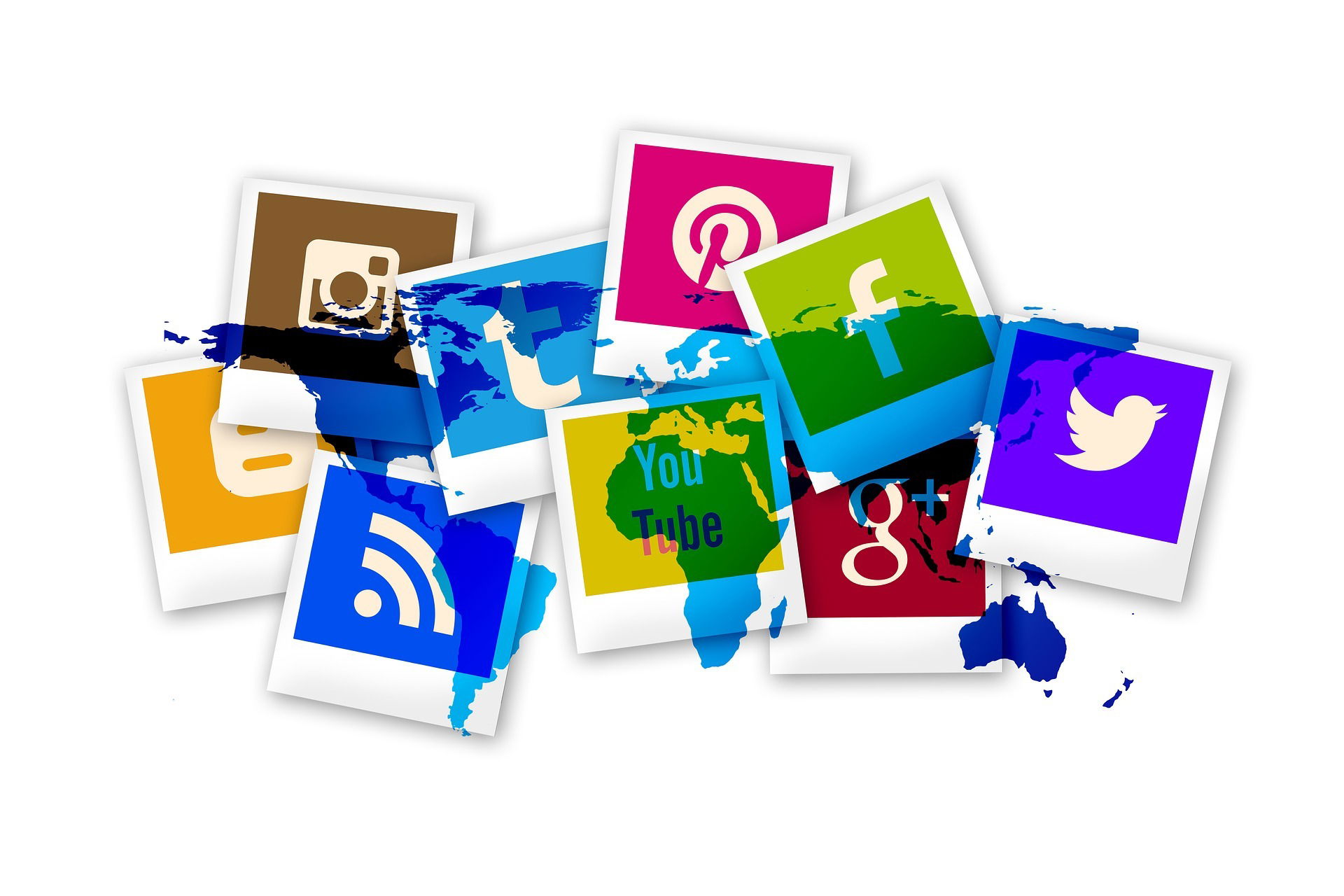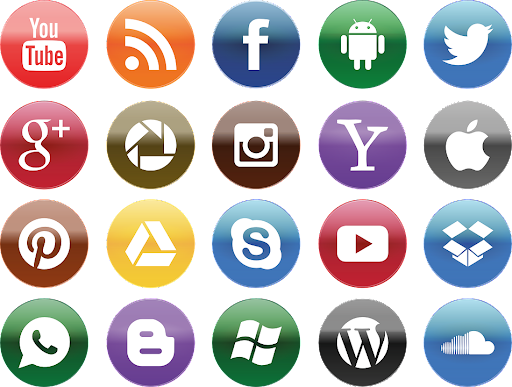What is a Symbol?

Objective:
To understand that media texts can combine sounds, words, images, and graphics, including symbols*.
To find symbols on their screen and identify the ones they know.

Key Questions:
What is a symbol?
Can you point to some examples on your screen?
What do they represent?
Why do we use symbols?
Why do the people who created these symbols use them?
For young students, this would likely be more than one lesson. Teachers could explore the symbols in a web browser or in a Google Doc or on a recording or video app. They could also play a game to see how many symbols students can identify. There are many possibilities and students need to have time to explore in order to understand what they are working with.
Discussion:
Teachers could discuss how we use symbols in our day-to-day life and why they are useful. Are the creators of the symbols using them for the same or different reasons? This goes back to the purpose of the message and why it was created.

Composition:
A composition for this lesson might be exploring the symbols in the toolbar of Google Slides to create a media presentation. Often we allow students to create these types of assignments without really explaining the symbols and tools available to them. We may assume they already know.
Follow-up:
Have students share what they learned in the process of creating their presentation. What did they not know before that they know now? Reiterate the importance of understanding symbols and how this enables us as creators to improve upon our messages and media skills.
*The outcomes for this lesson are linked to the following in the New ELAL curriculum (Grade 4) but are applicable for Division II students:
Media texts can be digital or non-digital and can combine sounds, words, images, and graphics.
Text features can be digital or non-digital, including images and graphics.